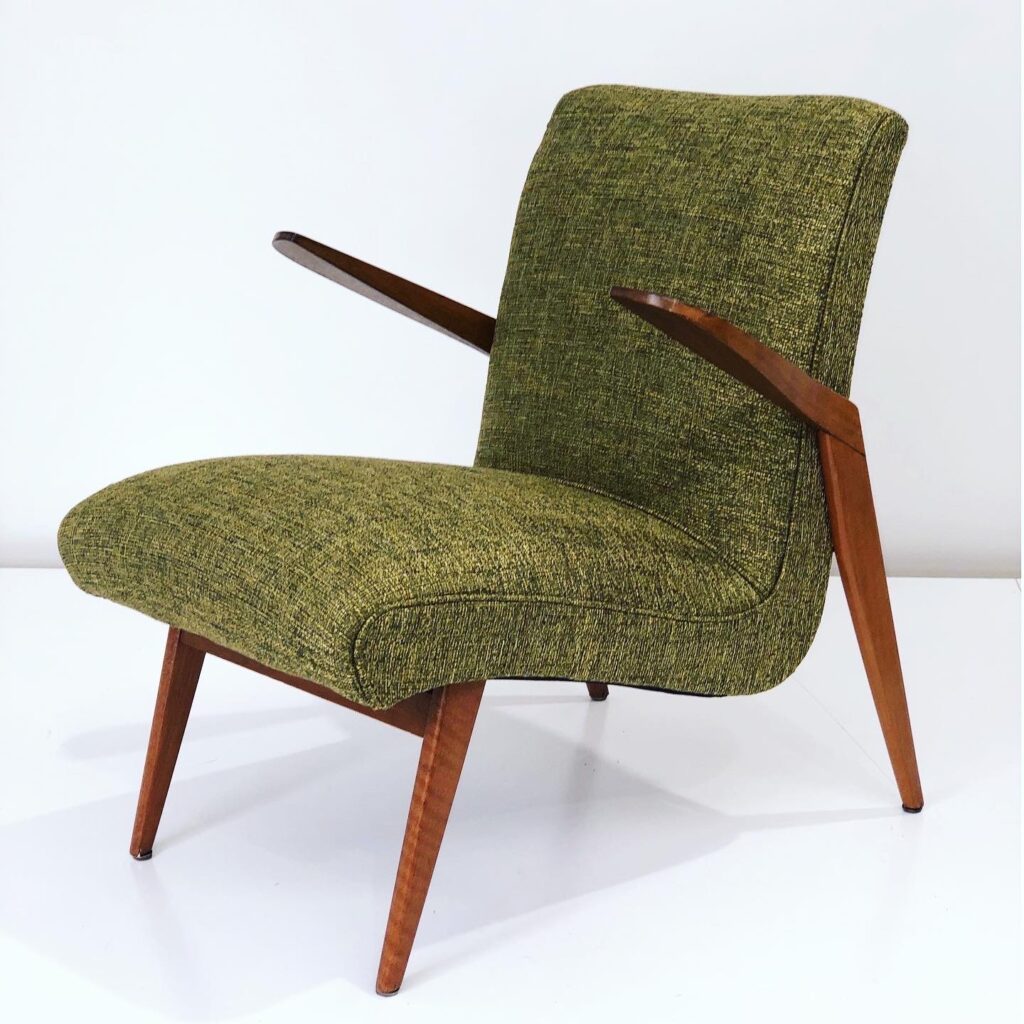Sydney Morning Herald - Domain
New life for Modernist furniture
Expert Tips by Aubert Furniture
1st April 2022
By Pauline Morrissey

In a world of fast furniture, where items are made and purchased to last for merely a season, there’s a certain style period that is continuing to provide a welcomed antidote – the much-treasured, and always timeless, modernist design.
Tracing its origins back to the early 1900s with the Bauhaus movement – a rebellion against the ornate flourishes and ornamentations of the designs that came before it – modernist furniture embraced clean lines, smooth surfaces and understated elegance.
Representing the artistic and functional vision of this time, modernism still very much holds pride of place in the modern home. Iconic pieces from the era include the Eames Lounge Chair and Ottoman by Charles and Ray Eames of 1956, the Noguchi Table by Isamu Noguchi of 1947, and the Saarinen Dining Table by Eero Saarinen of 1957.
Today, skilled and passionate restorers continue to cherish such pieces from this bygone era, offering their years of experience and giving helpful pointers, so that we too can help preserve the enduring beauty that is modernist furniture.
Expert tips - From Aubert Furniture
Growing up in a modernist home built by his father in the 1960s in Sydney’s South Coogee, Greg Aubert developed an appreciation for modernist style in his childhood, and later became a vintage furniture restorer and director at Aubert Furniture.
“Like many others, my parents had Fler, Parker and Chiswell furniture all around the house growing up, so modernist style has always held a special place in my heart,” Aubert says. “I’m not surprised it has remained very popular in mainstream interior design, as these pieces were built to last many lifetimes and [continue to] provide classic sophistication.”
“Like many others, my parents had Fler, Parker and Chiswell furniture all around the house growing up, so modernist style has always held a special place in my heart,” Aubert says. “I’m not surprised it has remained very popular in mainstream interior design, as these pieces were built to last many lifetimes and [continue to] provide classic sophistication.”
Having professionally restored antique and vintage furniture for more than 30 years, Aubert and his team have worked on all types of modernist furniture, from daybeds and TV armchairs to sofas and dining chairs.
He shares some advice when it comes to reviving your own dining chairs:
1. Use the same products when re-polishing
Most mid-century chairs were originally polished in hand-applied products like Danish oil, shellac and varnish. For this reason, try to use the same products when re-polishing chairs to retain the original finish and enhance the finish as it stands. Occasionally, the finish is too damaged, in which case, it’s best to dissolve the existing finish by fine-sanding the chairs, then traditionally re-polishing to restore.
2. Replace materials where needed
When reupholstering a mid-century dining chair or TV chair, look to replace the old webbing and foam, as they often become deteriorated or out of shape. Typically, steel springs can be retained and reused. Once the chair has been reupholstered, you can then recover it in the fabric of your choice.
3. Opt for woollen fabric
he biggest misconception is that any upholstery fabric can be used on a dining chair when, in fact, dining chairs require a durable fabric that can withstand years of use, spills and stains. With this in mind, we suggest choosing woollen fabrics, as these were used extensively on mid-century furniture due to their durability and natural stain resistance capabilities.

Click here to see the full article online
